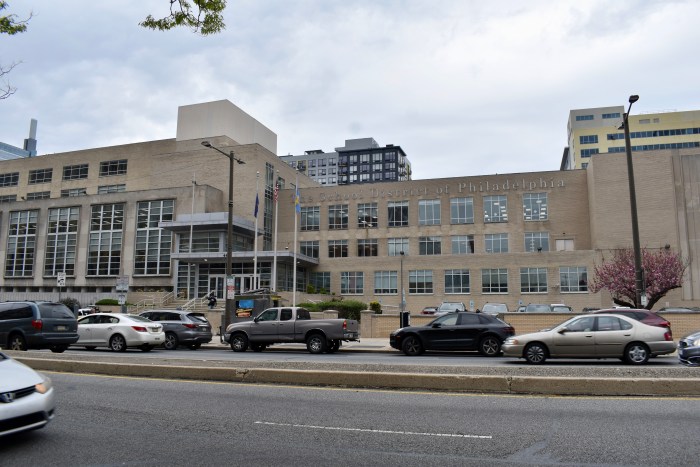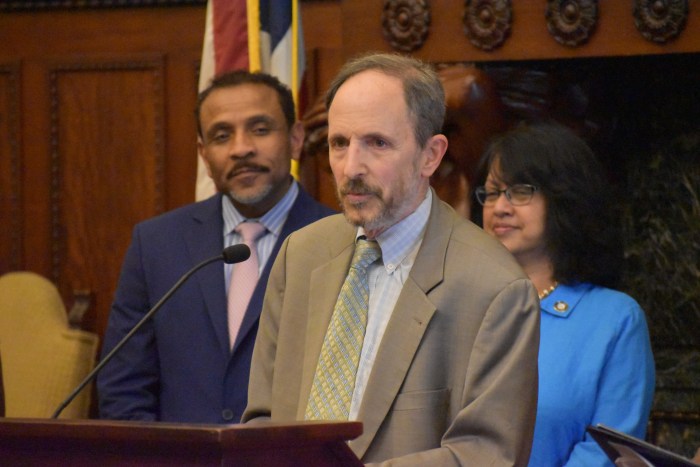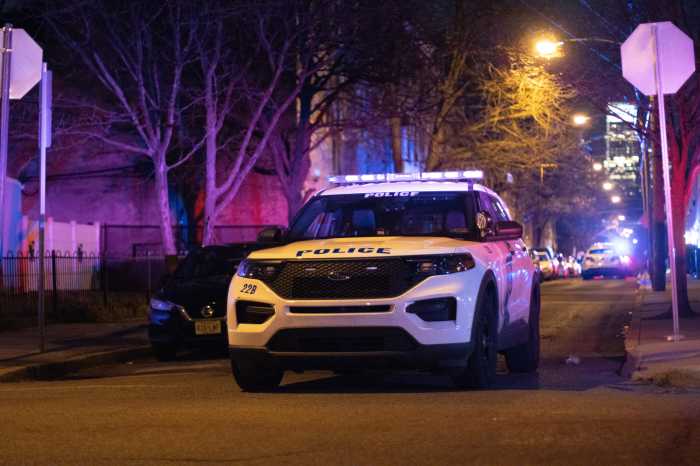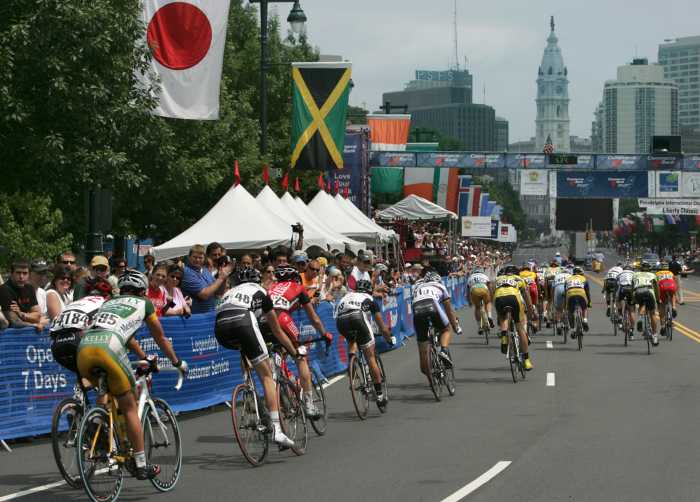Philadelphia has bounced back from several challenges associated with the coronavirus pandemic, but uncertainties about the city’s future remain, according to research published this week.
The Pew Charitable Trusts’ 118-page “State of the City” report compiles a wide range of data – on topics ranging from public safety and transportation to municipal government and the economy – in an attempt to gauge Philadelphia’s health.
“My overall main takeaway is that Philadelphia is entering a new phase since the pandemic,” Katie Martin, a Pew project director and lead author of the analysis, said during an interview with Metro.
“Many of those impacts from the pandemic have either subsided or have reversed course,” she added. “However, there are other challenges the city is facing – some of which the city was facing before the pandemic and some new challenges that are coming into focus now.”
The report identifies “shifts in federal funding, increasing housing costs, the ongoing opioid epidemic, and a citywide population that has shrunk from its pre-pandemic peak” as “major uncertainties.”
Nearly 52% of city renters are cost-burdened, meaning they spend more than 30% of their pay on housing costs, and Philadelphia’s annual Point-in-Time homelessness census documented 5,191 people in 2024, a 10% increase over the year prior, the research shows.
Permits were pulled for fewer than 3,000 residential units last year, the lowest number in more than a decade, according to the report. Pew also found a 4% drop in subsidized housing units between 2014 and 2022.
“The ongoing affordability to live in the city, I think, is going to be a coming challenge for Philadelphians,” Martin said.
Mayor Cherelle Parker has made housing a cornerstone of her second year in office. She is proposing borrowing $800 million in the coming years to facilitate the construction or preservation of 30,000 affordable units. Parker’s team is scheduled to present details of the plan to City Council during a budget meeting Wednesday.
Unintentional drug overdose, the research indicates, is the third leading cause of death in Philadelphia, behind only heart disease and cancer.
City officials estimate about 1,100 people died last year, which would be the fewest since 2016. However, Philadelphia’s overdose rate still ranks second highest among nine peer cities, trailing only Baltimore, according to Pew.
Parker has vowed to shut down Kensington’s drug market, and her administration has invested in a treatment facility along State Road and a diversionary drug court, part of what she calls a “wellness ecosystem.”

For the first time in a decade, the School District of Philadelphia’s enrollment grew in the 2024-2025 academic year, and the four-year graduation rate reached 74% in 2023, up nearly 10% over 2013.
Under 42% of 3- and 4-year-old city residents are enrolled in preschool programs, compared to nearly 49% nationally, the analysis found.
Philadelphia has experienced a well-documented reduction in gun violence over the past few years, with homicides and shootings both down more than 50% from 2021. Pew’s report shows that the city’s homicide rate sits below the metric for Chicago, Washington, D.C., Cleveland, Detroit and Baltimore.
In another positive finding, Philadelphia’s unemployment rate has been at a near historic low of 4.5%, and the share of residents in poverty has dipped to 20%, the lowest since 2000.
The median household income has jumped 14% since 2021, to just over $60,000. Disparities persist; Black families earn about $37,000 less a year than white households, according to Pew. About 35% of residents have a bachelor’s degree, yet they are the only educational grouping that earns more than the median income.

Martin noted that the city’s pension account is now more than 65% funded, meaning the municipal government may be able to devote more money to programs and services. The Parker administration has said that $430 million a year will be freed up when pensions are fully funded in the 2030s.
The report also acknowledges the municipal government’s A+ credit rating, its highest score in four decades.
Pew began putting together its “State of the City” in October, gathering data from federal, state and local sources, Martin said. The report is released annually, with some changes; this year’s edition incorporates maps of community gardens, health centers and hospitals.





























